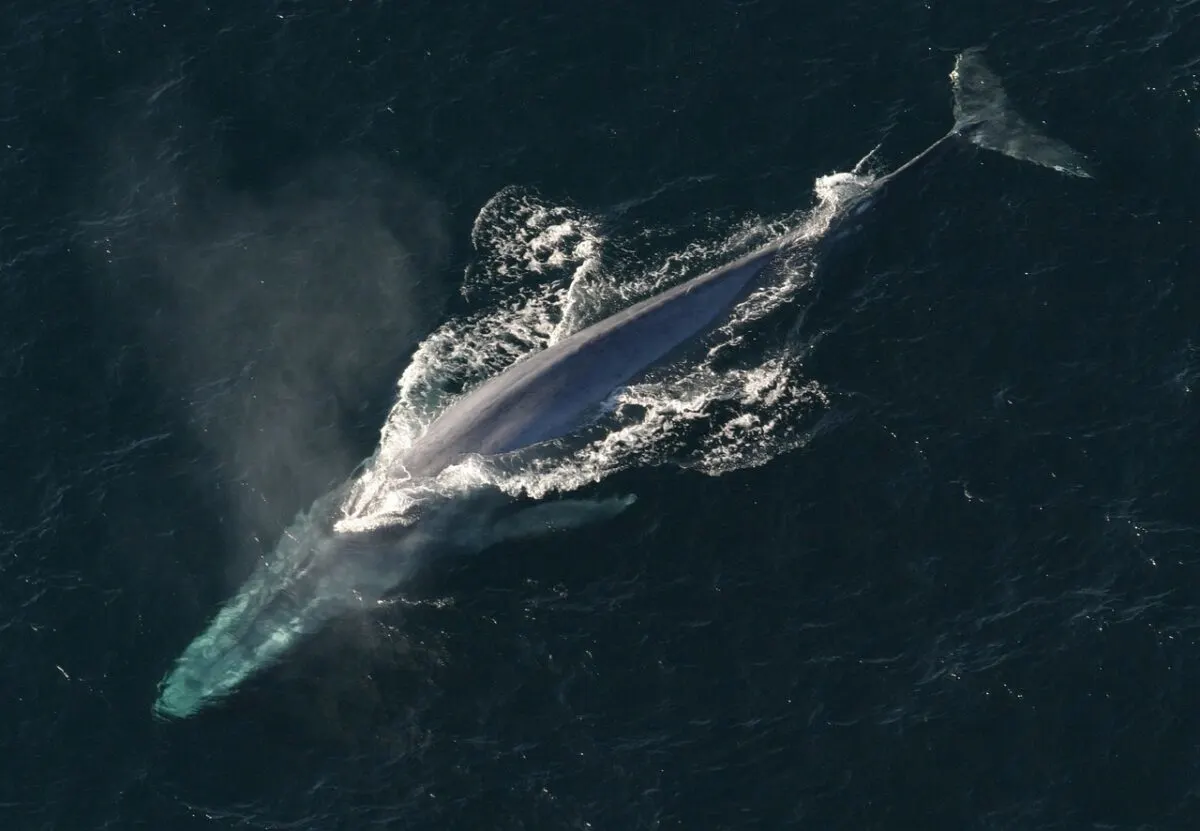The largest blue whale on record is a female, who was measured at a South Georgia whaling station in the South Atlantic. This event occurred in 1909. She was measured at 33.58m (110ft 17in).
The Blue Whale, known as the largest mammal on Earth, is a magnificent creature. It has captured the attention of many individuals worldwide. This gentle giant resides in every ocean on the planet. Despite its enormous size, it is known for its docile nature.
Key Points
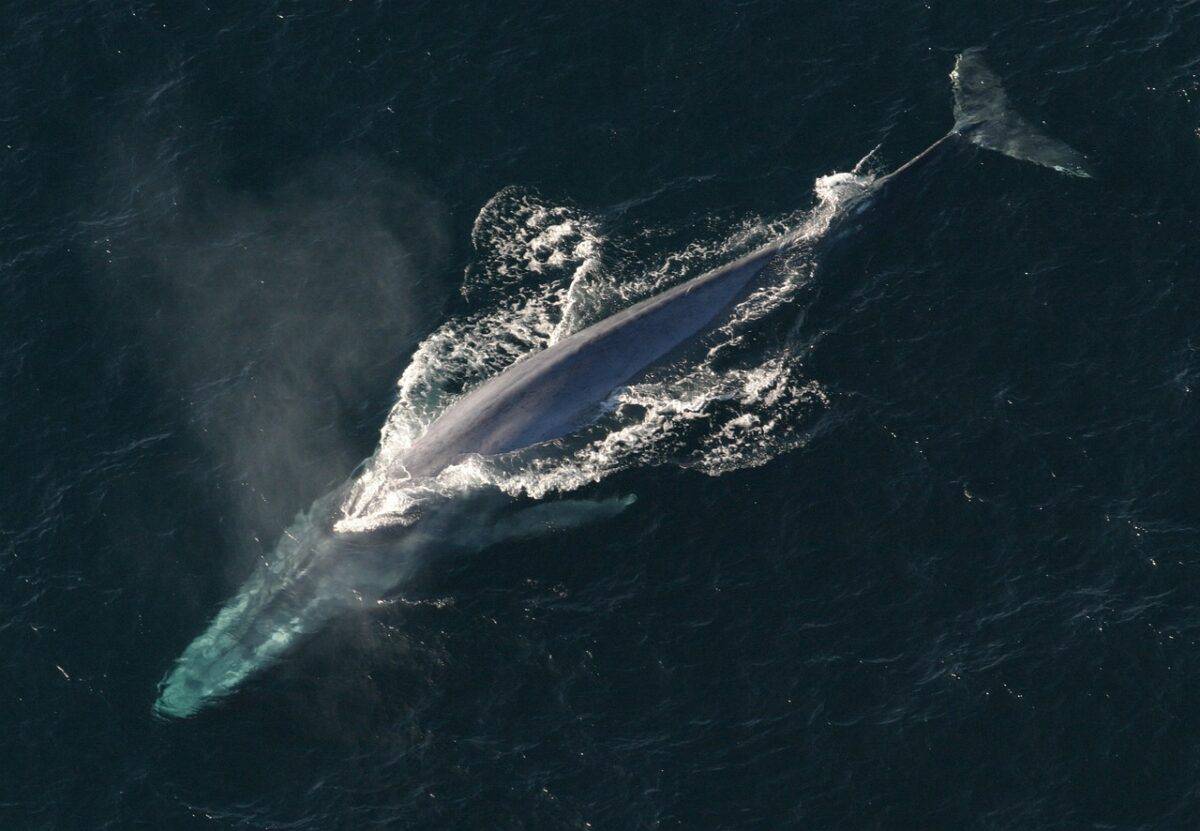
| The blue whale is the longest of all whales and can measure up to 100 feet in length. |
| The body of the blue whale is streamlined and tapered at both ends, with a long, narrow fluke (tail) that can measure up to 30 feet wide. |
| The diet of the largest blue whale primarily consists of krill, tiny shrimp-like creatures, which they consume in massive quantities. |
| One of the primary threats to Blue Whales is commercial whaling. For many years, these majestic creatures have been hunted for their oil, meat, and bones, which were used in various commercial products. |
Want to jump ahead? Click below
Physical Characteristics of the Largest Blue Whale
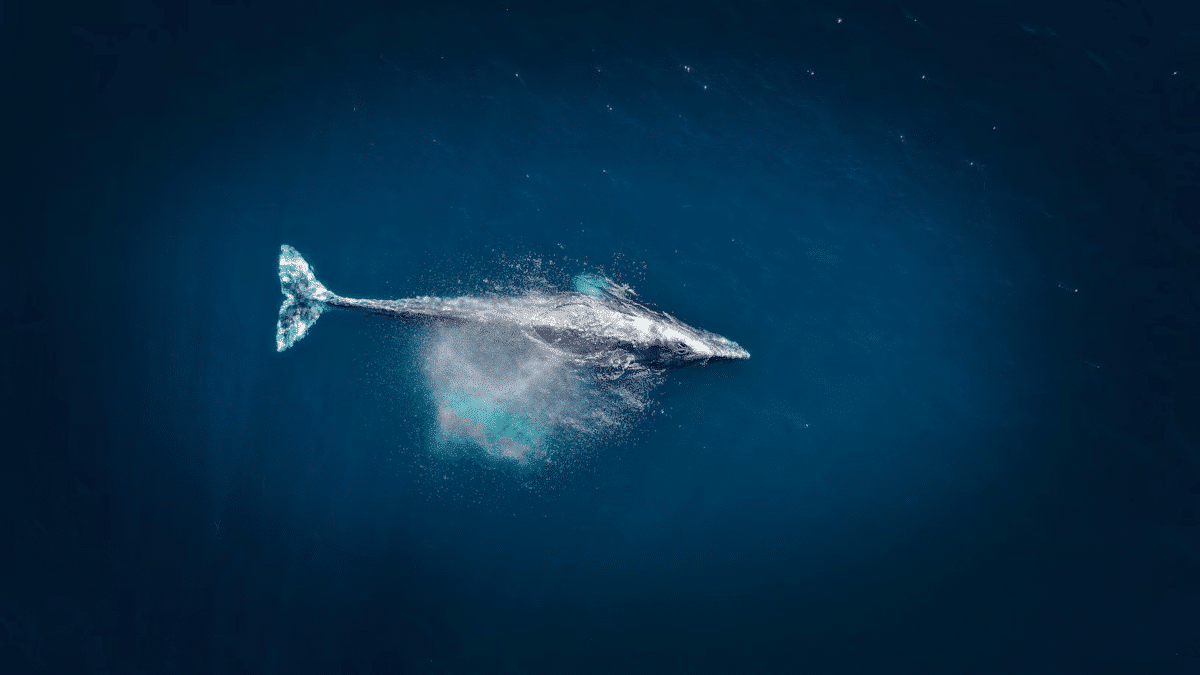
Length
The blue whale is the longest of all whales and can measure up to 100 feet in length. The body of the blue whale is streamlined. It has a long, narrow fluke (tail) that can measure up to 30 feet wide. Evidently, the fluke acts like a propeller, driving the blue whale forward through the water.
Mouth Size
The mouth of the blue whale is the largest of any animal on Earth. Generally, it measures up to 100 feet in length. The mouth is also flexible. It can open wide enough to engulf a volume of water equivalent to the size of a school bus. This enormous capacity allows the blue whale to consume as much as 4 tons of krill daily.
Heart Size
The blue whale’s heart is the largest of any animal, weighing around 400 pounds and approximately the size of a small car. Its heart rate, beating only five to six times per minute, even when the whale is diving for extended periods.
Skin Texture
The skin of a blue whale is smooth and shiny, with a grayish-blue color that serves as camouflage in the water. The skin is thick, ranging from 2 to 4 inches and can be covered in barnacles and other parasites. These little guys rely on the whale for transportation and food.
Habitat and Migration of the Largest Blue Whale
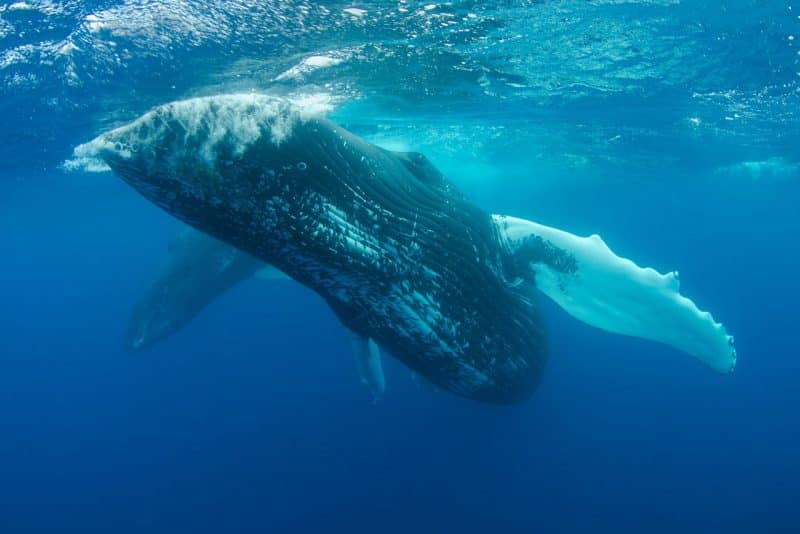
The blue whale, scientifically known as Balaenoptera musculus, is the largest animal on Earth. They grow to a staggering length of 100 feet and weigh over 200 tonnes, the blue whale is a true ocean giant. Evidently, they are found all over the big blue.
Blue whales prefer living in cold waters as they rely on krill for their sustenance and these tiny, shrimp-like creatures thrive in cold water. They can often be found near the poles, particularly in the North Atlantic and the North Pacific oceans. Generally during the winter many blue whales migrate to lower latitudes for warmer waters to breed and give birth.
Factors Affecting the Migration
Blue whale migration patterns are influenced by a number of variables, such as food availability and water temperature. These enormous mammals travel from one place to another based on the seasonal abundance of their main food source, krill, since they need a lot of them to live and prosper.
Importance of Migration in the Life Cycle of Blue Whales
Their life cycle is greatly influenced by migration, which enables them to feed, breed, and give birth in various locations. Generally they mate in warmer waters during the breeding season, giving birth to their young in krill-rich areas. The migration assures the survival of the species and contributes to the preservation of genetic diversity within their populations.
Feeding Habits of the Largest Blue Whale
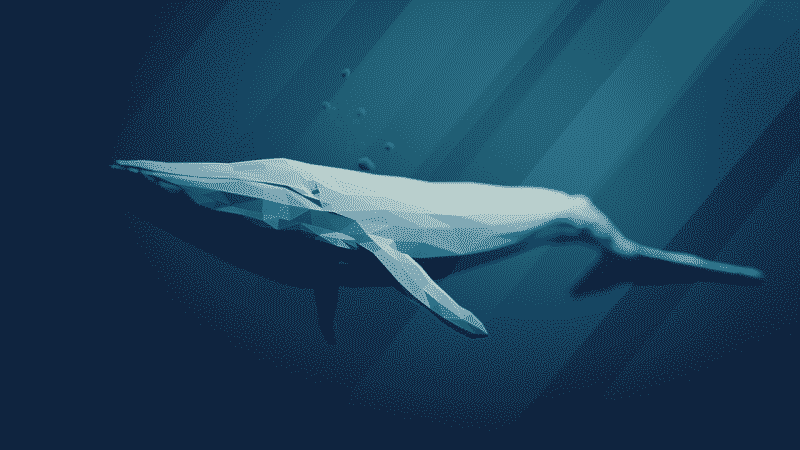
Diet
The diet primarily consists of krill, tiny shrimp-like creatures, which they consume in massive quantities. According to studies, an average-sized blue whale can eat 40 million krill daily. Despite their massive size, they have a teeny throat slightly larger than grapefruit. This makes their feeding process even more impressive.
Feeding Methods and Strategies
The feeding technique used by blue whales is extremely effective. With their mouths wide open, these whales will navigate through dense krill patches, using their hanging baleen plates to filter the food. They can swiftly consume enormous amounts of krill, which enables them to maintain their massive bodies.
Role of Feeding in the Survival of the Blue Whale
As filter feeders, they have to consume vast amounts of krill to obtain enough energy to fuel their large bodies and store enough energy for their long migration journeys.
However, their feeding habits have been threatened by human activities such as overfishing. It reduces the availability of krill, which is the primary food source for the species. While climate change reduces the amount of krill by reducing their habitats.
Threats and Conservation Efforts for the Largest Blue Whale
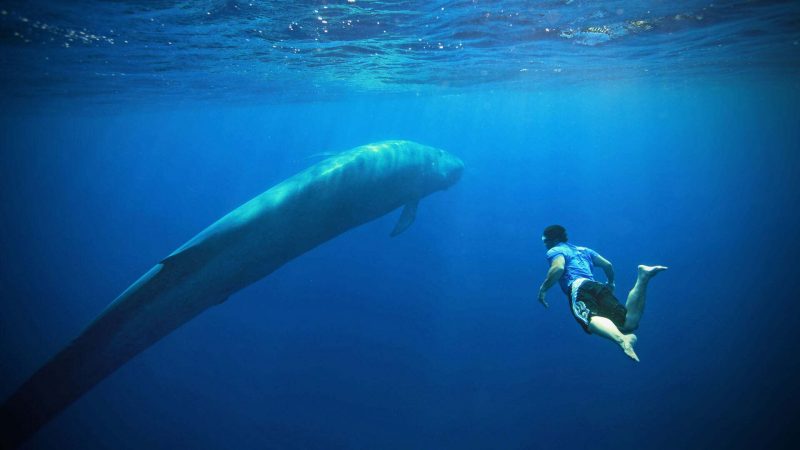
Human Activities Endangering Them
One of the primary threats is commercial whaling. For many years, these majestic creatures have been hunted for their oil, meat, and bones, which were used in various commercial products.
Although commercial whaling has been banned since the 1960s, illegal whaling persists in some parts of the world. Besides, unintended bycatch in fishing nets, collisions with ships, and ocean noise pollution from vessel traffic also threaten the survival of these creatures.
Measures Taken to Protect and Conserve
The International Whaling Commission (IWC) established a ban on commercial whaling in 1986. Evidently, governments and NGOs have also implemented conservation measures. Such as designating protected marine areas where the whales can live and feed without disturbance.
Future Prospects for the Survival
The species’ survival is still in doubt in spite of these conservation initiatives Generally, because of the ongoing threats posed by human activity including pollution, habitat destruction, and climate change. It is imperative that efforts to preserve and protect them as well as their habitat continue.
Campaigns for public education and awareness emphasize the value of these species to the ecosystem and the necessity of conservation measures to keep them safe. Evidently, we can also better understand their needs and direct practical conservation efforts with the support of ongoing biology and conservation research. By working together, we can ensure their survival.
FAQS
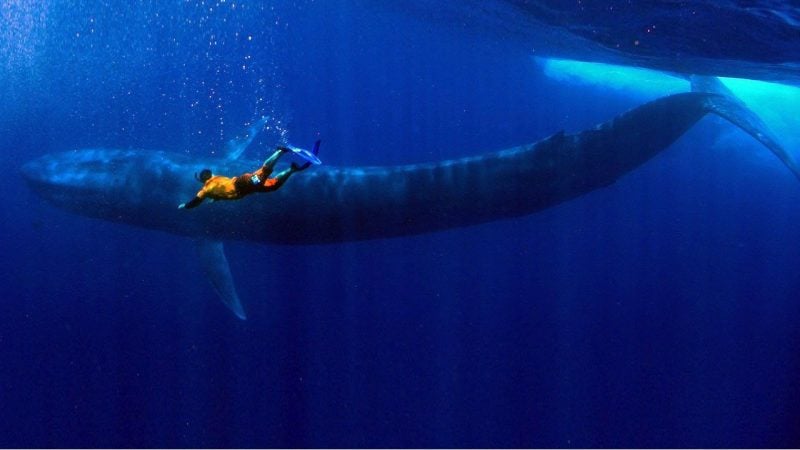
The largest one can measure up to 100 feet in length, making them the longest of all whales.
They primarily feed on tiny shrimp-like krill, consuming enormous amounts daily. They swim through dense krill patches with their mouths open, filtering the food through baleen plates to obtain enough energy to sustain their massive bodies.
Human activities pose a threat to them, such as illicit whaling, bycatch in fishing nets, ship collisions, and pollution of the ocean with noise. Threats to their survival include habitat destruction and climate change.
Wrapping Up with the Largest Blue Whale In The World
The largest blue whale is an iconic marine mammal studied and admired by researchers and enthusiasts for many years. As we have explored throughout this piece, it is a fascinating creature with impressive size and unique biological features.
To sum up, it is definitely amazing that it has endured for so long and continues to represent the size and energy of the ocean. Over time, we have learned a great deal more about this species.
Yet, there is still much to be learned and explored concerning their behavioral patterns, migratory routes, and genetic makeup. In the future, it is essential to continue holistically researching it and support conservation measures that help to sustain their populations.
Next up:
- All About African Bush Elephants
- Watch Double Whale Breach Near Boat Caught on iPhone
- Discover the Largest Baboon
- Bald Eagle Family Expand Their Nest In California - April 24, 2024
- Firefighter Saves Abandoned Kittens Found Cuddling In Hoses - April 24, 2024
- Dolphins Get High Playing Catch With A Pufferfish - April 24, 2024

